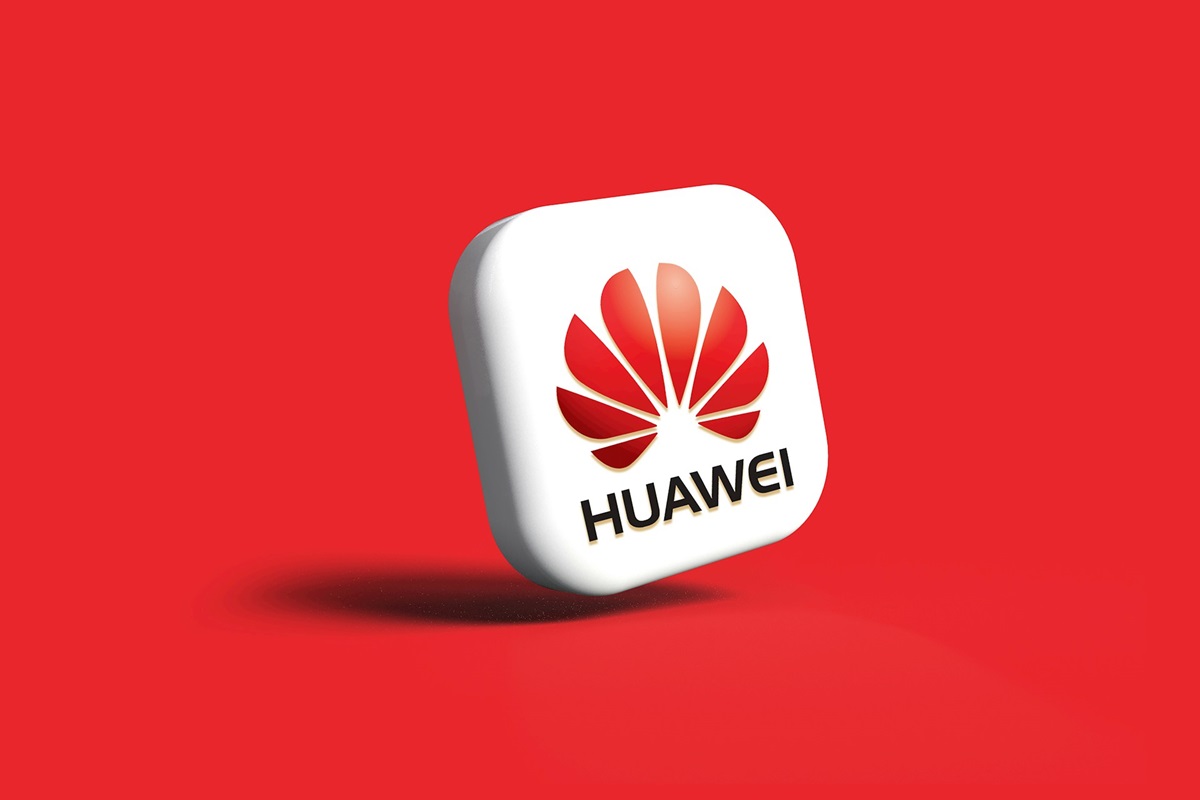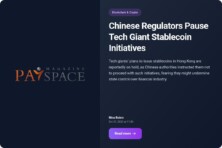Huawei is currently going through one of the most iconic and remarkable periods not only in its history but also in the history of the high-tech industry.

The mentioned company, which was one of the Chinese brands to be included in the sanctions trade list of the United States, said that its in-house operating system called Harmony is currently used on more than 900 million smartphones. This is an achievement that signals the firm’s revival after several years of challenging activity under the pressure of restrictive measures.
It is worth noting that Huawei, in a sense, traditionally finds itself at the center of the confrontation between Washington and Beijing in the technology sector.
Richard Yu, the chairman of the company’s consumer business group, at a developer forum last week said that for 10 years the firm has been able to achieve such results that for its US and European colleagues have become a material reality in the context of the corporate product space as a result of efforts applied for more than 30 years. It was also separately noted that the company currently provides independent control over the core technologies of the operating system.
Harmony, which is called Hongmeng in Chinese, debuted in 2019. A few months after that, Huawei was placed on the United States trade blacklist. US companies are prohibited from selling technologies and software without a license to firms added to the mentioned list.
In Washington, lawmakers have repeatedly stated that Huawei is a source of threat to the national security of the United States. According to them, the Chinese government may use the equipment of this company to commit acts related to espionage. Huawei has repeatedly stated that the mentioned accusations do not correspond to the real state of affairs, noting that the firm is not involved in any practices that threaten the national security of the United States. Lawmakers in Washington and some allied capitals, including London, did not accept the specified assertions as convincing and true, deciding to limit the company’s role in building 5G networks.
The ban imposed by the United States has prevented business giants such as Google from supplying new Huawei devices with its version of the Android operating system. Restrictive measures from Washington have become a serious obstacle to the realization of the company’s ambitions in the smartphone manufacturing area. After Huawei was blacklisted by the United States, forecasts began to spread in the expert community about an extremely negative or even absent future for the firm, but the reality turned out to be much less gloomy. The company is currently on a trajectory of quite confident and sustained success. Moreover, Huawei is launching a business in new areas of activity for it. For example, last year the company presented an electric car, which was described as a competitor to the Tesla Model S. Huawei also has significant ambitions related to activities in the artificial intelligence industry.
Nvidia, which is currently the world’s main supplier of graphics processing units needed for the training and subsequent functioning of machine intelligence systems, this year described the mentioned company as a major competitor in several operating areas. In this case, among other things, the activity of manufacturing processors for artificial intelligence configurations was mentioned.
Last week, Richard Yu said that the machine intelligence platform developed by Huawei and composed of its Ascend processors, in the process of training large language models, demonstrated an efficiency indicator 1.1 times higher than the mainstream international products of such category. At the same time, the competitors of the mentioned platform were not named in this case.
Huawei is demonstrating the most significant pace of revival in the smartphone market. In the first five months of the current year, sales of the company’s flagship cell phones increased by 72% compared to the result for the same period in 2023. Richard Yu announced Huawei’s ambitions to become the leader of the global smartphone market, despite restrictions from the United States.
The company’s smartphone, called Mate 60 Pro, which debuted last year, became something of a sensation and was a topic of animated discussion for some time. This device was equipped with a Kirin 9000S processor, the technological level of which, according to lawmakers from Washington, should have been inaccessible to Chinese firms due to US restrictions. Industry experts were surprised by the characteristics of the Mate 60 Pro.
The company’s net profit for the first quarter of 2024 amounted to $2.71 billion. This indicator exceeded the result recorded for the same period last year by 564%. Moreover, in 2023, the company recorded the fastest revenue growth in four years. This result was largely driven by the rise in consumer segment and income from new business lines, including smart car components.
Huawei by increasing its competitiveness has also significantly weakened Apple’s position in the Chinese smartphone market. Data from Counterpoint Research indicates that the share of the iPhone developer in the mentioned commercial space in the first quarter of 2023 was about 20%. In January-March of the current year, the specified figure was 15.7%. At the same time, Huawei’s share of the Chinese smartphone market in the first quarter of 2024 reached 15.5% after 9.3% in 2023.
As we have reported earlier, Huawei Releases New Phone Lineup.









